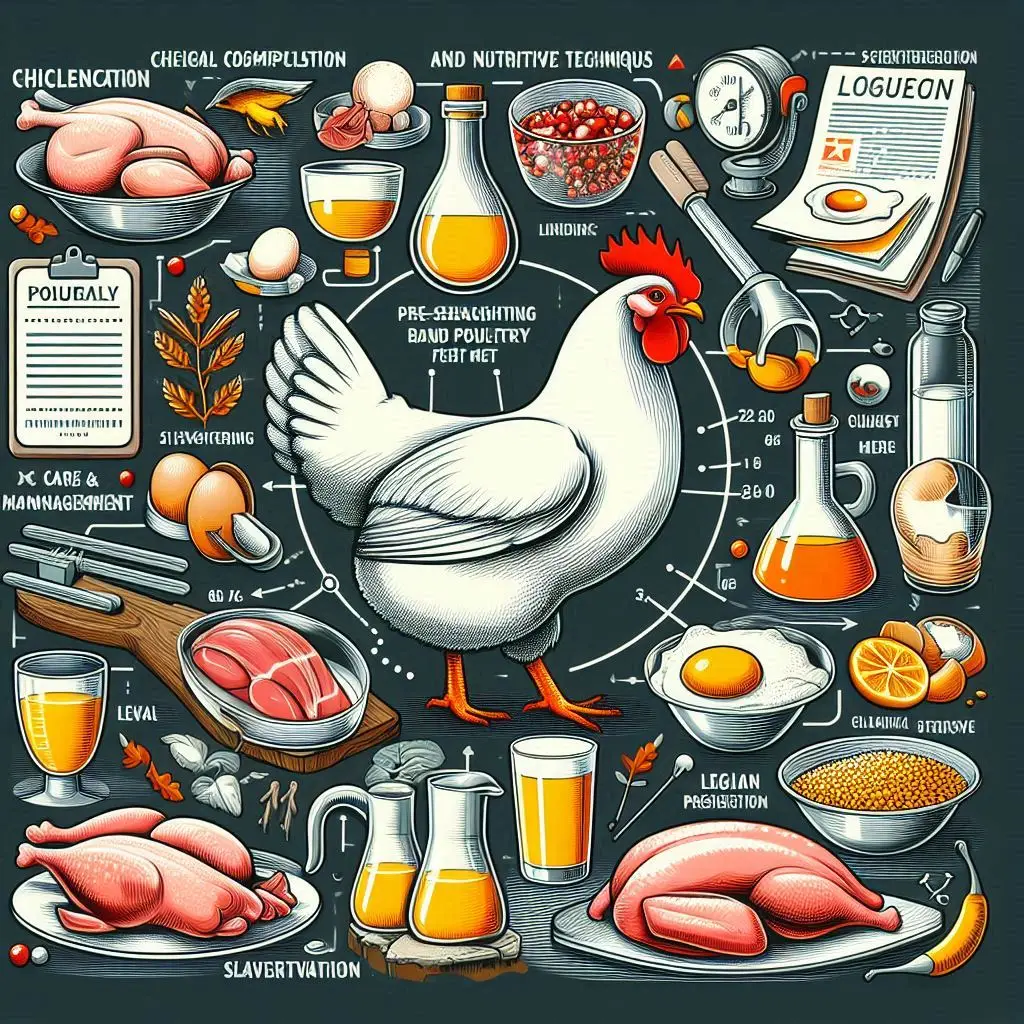Dairy Quality Control and Nutritive Standards

Introduction
Dairy products are staples in many diets worldwide. They provide essential nutrients and contribute to overall health. However, ensuring the safety and quality of these products is crucial. This article delves into the legal standards, quality control measures, and nutritive properties of dairy products. By understanding these aspects, consumers can make informed choices about the dairy products they consume.
Legal Standards in Dairy
Legal standards govern the production and sale of dairy products. These standards ensure that dairy products are safe for consumption and meet specific quality benchmarks. Regulatory bodies, such as the Food Safety and Standards Authority of India (FSSAI) and the U.S. Food and Drug Administration (FDA), establish these guidelines.
Composition Standards
Dairy products must adhere to specific composition standards. For example, milk must contain a minimum percentage of fat and protein. These standards vary by country but generally include:
- Milk Fat Content: Cow’s milk typically contains at least 3.25% fat.
- Protein Content: Milk should have a minimum of 3.2% protein.
These standards help maintain the nutritional value of dairy products.
Hygiene and Safety Regulations
Hygiene is paramount in dairy production. Regulations require that dairy facilities maintain strict cleanliness to prevent contamination. This includes:
- Regular cleaning of equipment
- Proper storage of raw materials
- Monitoring of production environments
Compliance with hygiene standards protects consumers from foodborne illnesses.
Quality Control in Dairy Production
Quality control is a systematic approach to ensuring that dairy products meet safety and quality standards. It involves various processes and tests throughout the production cycle.
Raw Material Evaluation
Quality control begins with evaluating raw materials. Dairy producers must test incoming milk for:
- Purity: Ensuring milk is free from contaminants.
- Freshness: Checking for spoilage or off-flavors.
Regular testing of raw materials helps identify issues before production begins.
Process Monitoring
During production, several parameters must be monitored to ensure quality. Key aspects include:
- Temperature Control: Maintaining appropriate temperatures during pasteurization.
- pH Levels: Monitoring acidity to ensure product stability.
Continuous monitoring allows for immediate corrective actions if deviations occur.
Laboratory Testing
Quality control laboratories play a vital role in assessing dairy products. They conduct tests to evaluate:
- Chemical Composition: Analyzing fat, protein, and lactose levels.
- Microbiological Safety: Checking for harmful bacteria such as Salmonella and Listeria.
These tests ensure that dairy products are safe for consumption and meet regulatory standards.
Packaging and Labeling
Proper packaging is essential for maintaining product integrity. Quality control extends to packaging processes, ensuring that:
- Packaging materials are safe and suitable for dairy products.
- Labels accurately reflect product contents, including nutritional information and expiration dates.
Regular inspections help maintain high packaging standards.
Nutritive Properties of Dairy Products
Dairy products are known for their rich nutritional profile. They provide essential nutrients that contribute to overall health.
Nutritional Components
Dairy products are a source of high-quality protein, fats, vitamins, and minerals. Key components include:
- Calcium: Essential for bone health.
- Vitamin D: Aids in calcium absorption.
- B Vitamins: Important for energy metabolism.
Understanding these components helps consumers appreciate the health benefits of dairy.
Fortification Practices
Many dairy products are fortified with additional nutrients to enhance their health benefits. Common fortifications include:
- Vitamin A: Supports vision and immune function.
- Vitamin D: Enhances calcium absorption.
Fortification practices are regulated to ensure safety and efficacy.
Challenges in Dairy Quality Control
Despite stringent regulations, challenges remain in maintaining dairy quality. Common issues include:
Contamination Risks
Contamination can occur at various stages of production, from milking to packaging. Risks include:
- Microbial Contamination: Pathogens can enter during processing.
- Chemical Contamination: Residues from cleaning agents or pesticides.
Producers must implement strict hygiene practices to mitigate these risks.
Variability in Raw Materials
The quality of raw milk can vary based on factors such as:
- Animal Health: Healthy cows produce better quality milk.
- Feeding Practices: Diet impacts milk composition.
Producers must adapt their quality control measures to account for these variations.
Conclusion
Understanding the legal standards, quality control measures, and nutritive properties of dairy products is essential for consumers and producers alike. By adhering to these standards, the dairy industry can ensure that products are safe, nutritious, and of high quality. Continuous improvement in quality control practices will help maintain consumer trust and promote public health.
For more pearls of Vets Wisdom:
https://wiseias.com/partitioning-of-food-energy-within-animals/






Responses